The huge, diverse and rapidly changing country of China is one of the most amazing travel destinations in the world. From historic relics to modern wonders to natural landscapes, China has it all.
In this guide, I share 15 of the best things to see and do in China as well as a few travel tips to make your visit easier.
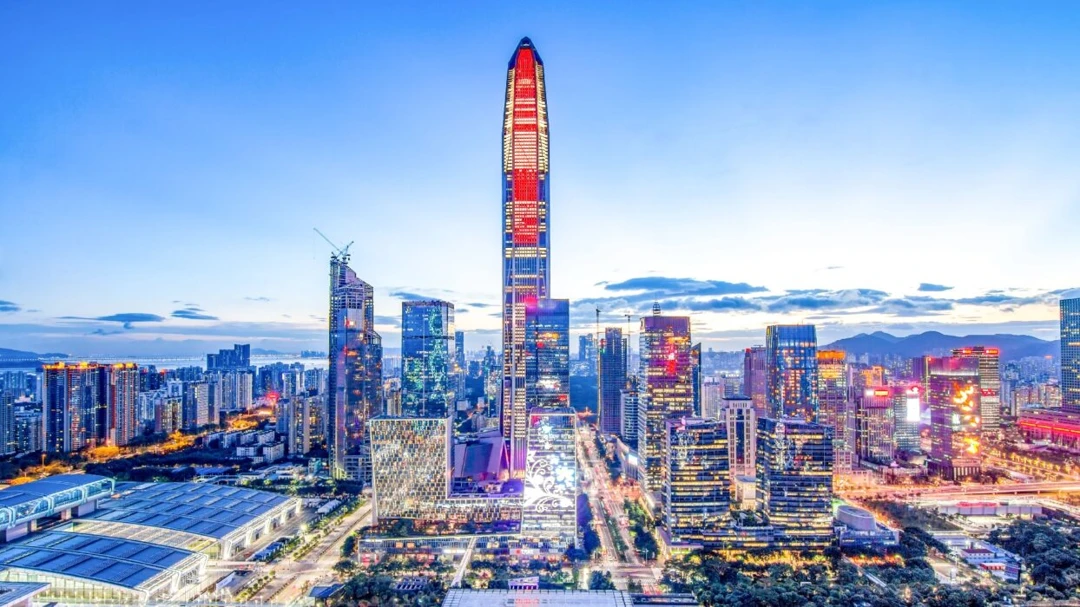
Top 15 Must-Visit Places
1. The Great Wall of China
One of the most iconic symbols of China, the Great Wall is over 13,000 miles long and was constructed to protect ancient China from invasions. Badaling, Mutianyu, and Jinshanling are the best-preserved and most accessible sections.
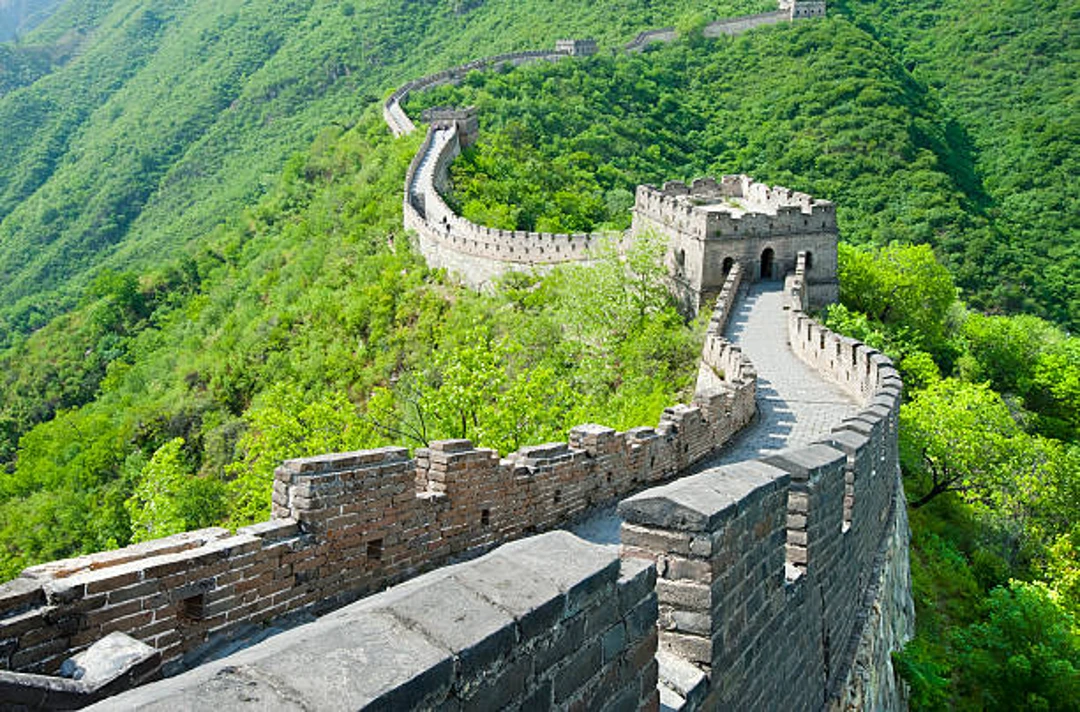
Why Visit?
Offers stunning panoramic views of the Chinese countryside.
A bucket-list destination with deep historical significance.
Ideal for hiking and photography enthusiasts.
Tips:
Visit Mutianyu for fewer crowds.
Get there in the early morning for the best visit.
It’s best to wear proper shoes as the steps get steep.
2. The Forbidden City
The Forbidden City, a UNESCO World Heritage Site, served as the home of the emperor and his household from the Ming Dynasty to the end of the Qing Dynasty. Today, it is also known as the Palace Museum.
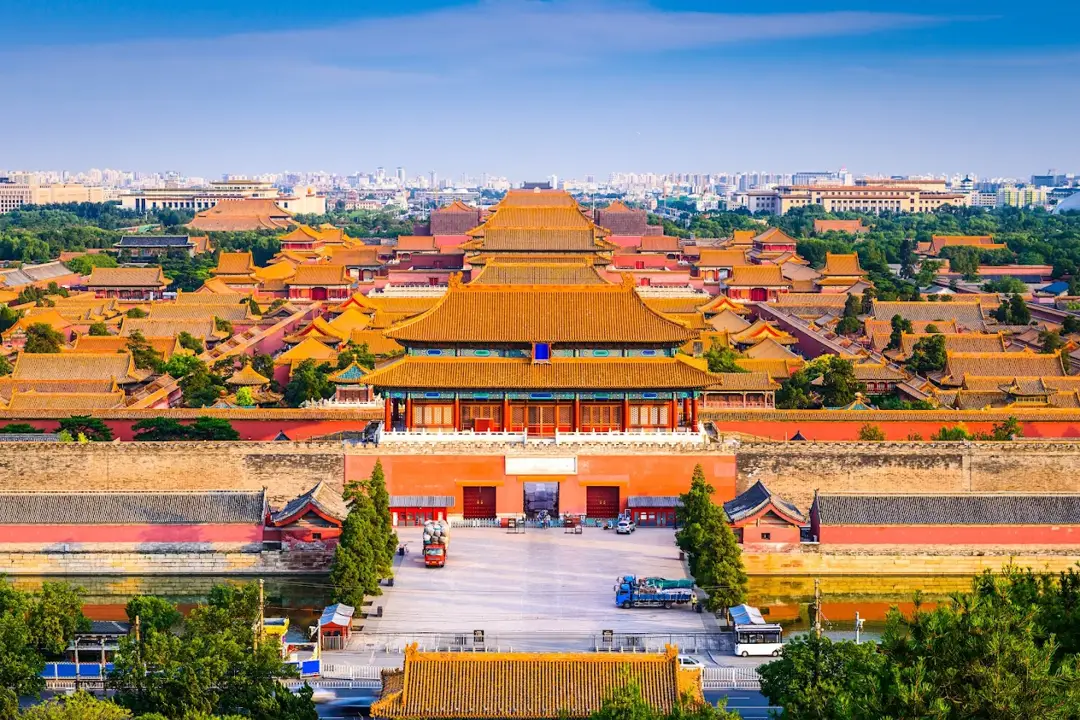
Why Visit?
A masterpiece of ancient Chinese architecture.
Home to a vast collection of cultural relics.
Provides a glimpse into imperial life in China.
Tips:
Make a reservation onlineto ensure you get in, as they limit daily visitors.
Plan at least 3-4 hours for your visit.
Go in the morning to get there before the crowds.
3. Zhangjiajie National Forest Park
Known for its giant sandstone columns, Zhangjiajie is what the makers of the film Avatar based the floating mountains on. The park is located in the Wulingyuan Scenic Area, a UNESCO World Heritage Site.

Why Visit?
Unique landscape with breathtaking rock formations.
It’s where you’ll find the world’s longest and highest glass bridge.
Great for nature lovers and adventure seekers.
Tips:
Avoid visiting during Chinese holidays as it gets crowded.
The glass bridge requires a separate ticket.
Wear comfortable shoes for hiking.
4. Terracotta Army
Unearthed in Xi’an in 1974, the Terracotta Army is a collection of life-sized sculptures designed to protect the mausoleum of China’s first emperor, Qin Shi Huang.
Why Visit?
Home to one of the best archaeological finds anywhere.
Each statue is uniquely crafted.
It’s an interesting look at Chinese culture and old-school, hands-on work.
Tips:
Get a guide for more context on the history of the complex.
Visit early in the morning to avoid crowds.
Combine this with a visit to the ancient city wall.
5. Guilin & Li River
The Li River is synonymous with Guilin, given the stunning karst mountains and wide river that characterize the scenery. Taking a boat trip down the river is one of the most scenic things you can do in China.
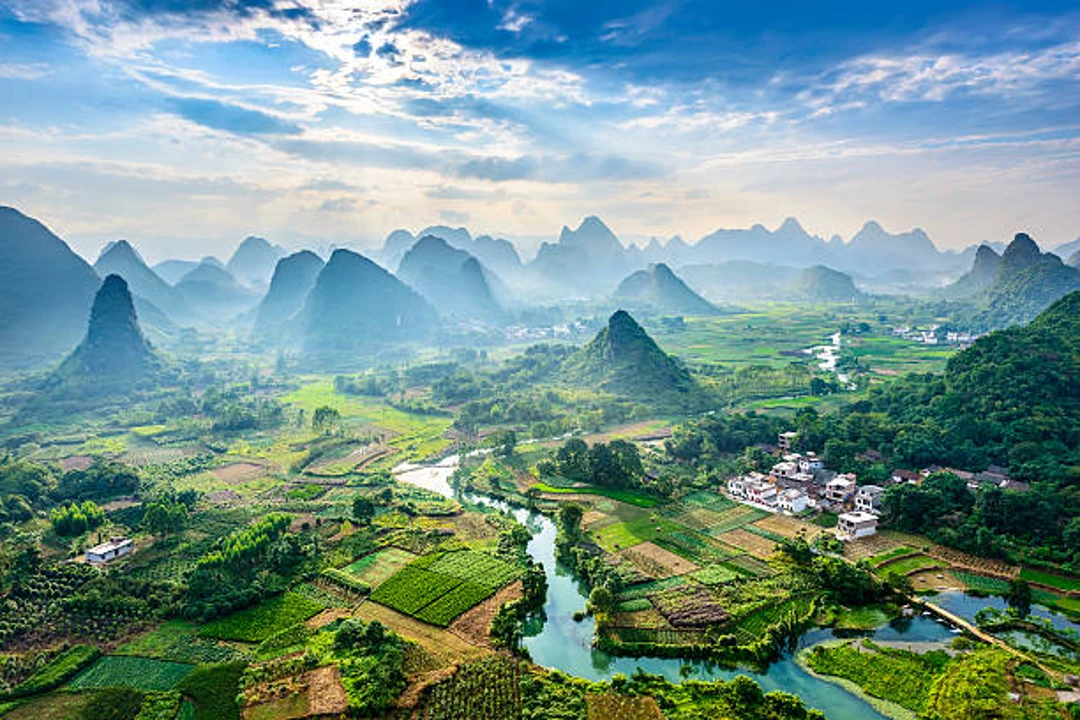
Why Visit?
Sweeping vistas out of a classical Chinese painting.
Relaxing river cruise experience.
Chance to watch traditional fishermen deploy cormorants to catch fish.
Tips:
For the best vistas, take a sunrise/sunset boat tour.
Bring a camera to capture the breathtaking landscapes.
Yangshuo (the town at the end) is worth a visit.
6. Huangshan
Yellow Mountains are renowned for their granite peaks, hot springs, and their scenic “sea of clouds.”
Why Visit?
Spectacular sunrise and sunset views.
Unique pine trees growing on rocky cliffs.
Ancient villages nearby, such as Hongcun and Xidi.
Tips:
Pack warm clothes, as it gets cold at the higher elevations.
Hop on the cable car so you don’t have to walk the entire time.
You can also stay on the mountain for a sunrise to remember.
7. West Lake
The most famous scenic spot in China is located in Hangzhou. West Lake is surrounded by mountains, pagodas, and gardens. People have been writing poems about it for centuries.
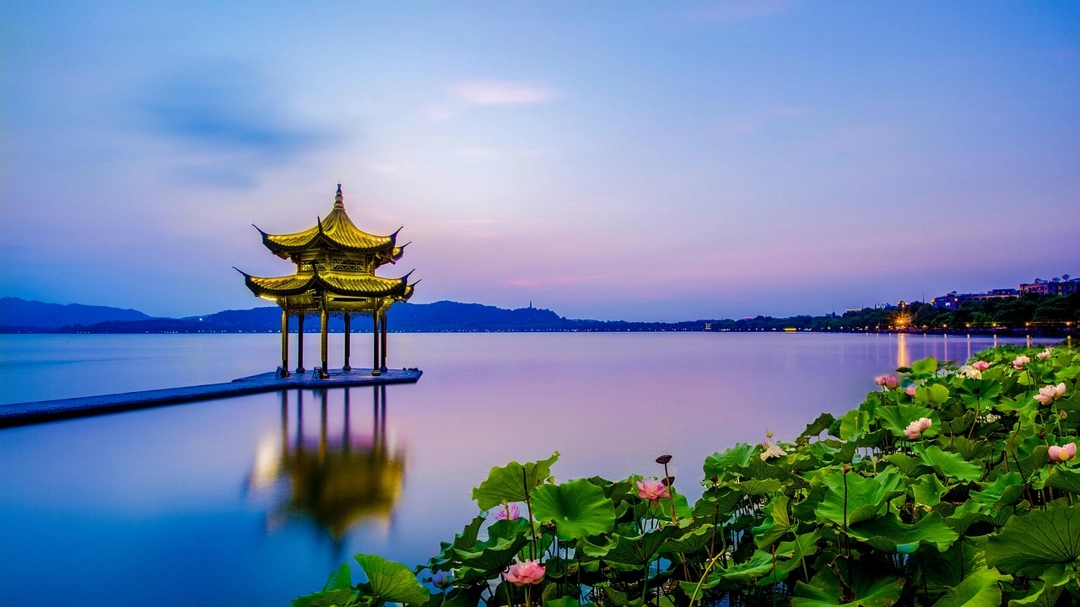
Why Visit?
Stunning natural beauty with classical Chinese landscapes.
It has landmarks such as the Leifeng Pagoda and Su (West) Causeway.
Ideal for boat rides and leisurely strolls.
Tips:
Arrive early or at the end of the day to avoid the crowds.
Rent a bike to explore the area efficiently.
The best time to visit is in spring and autumn.
8. Shanghai The Bund
The Bund is the historic riverfront promenade, home to colonial-era buildings, and offers the best views of Pudong.
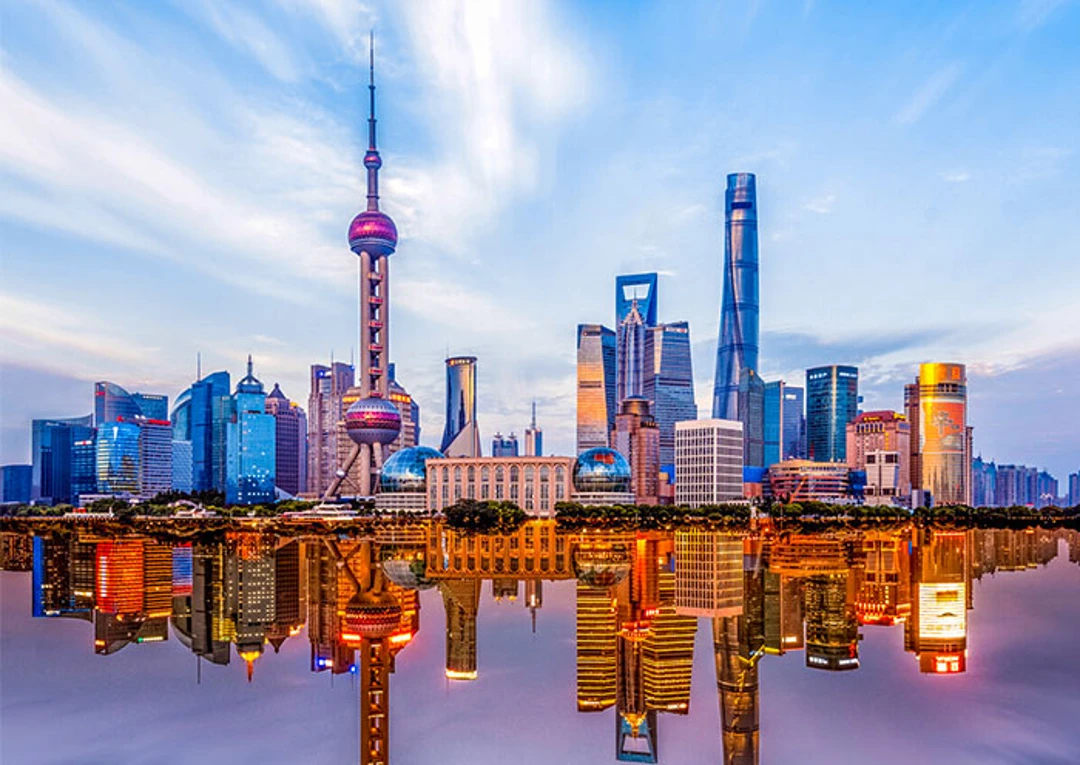
Why Visit?
A mix of historical and modern architecture.
Iconic skyline views, especially at night.
Great for photography and sightseeing.
Tips:
Go at night for the lit-up skyline.
Take a river cruise for a different perspective.
Avoid peak hours to escape the crowds.
9. Jiuzhaigou Valley
The multicolored lakes, waterfalls, and snow-capped mountain peaks of Jiuzhaigou Valley make it a UNESCO World Heritage Site.
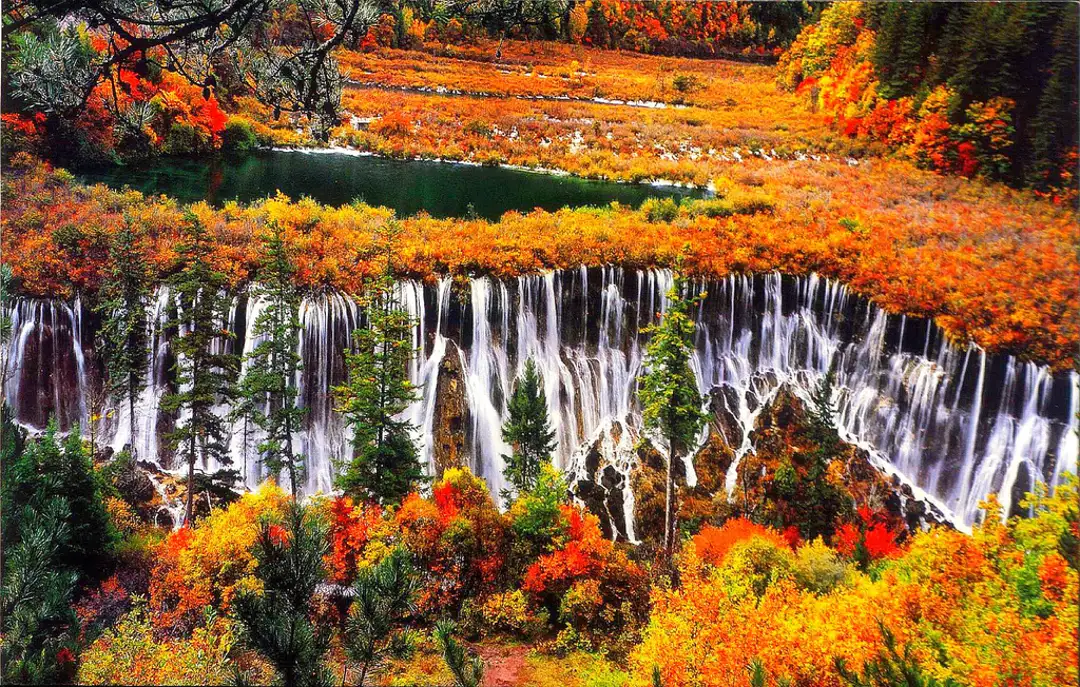
Why Visit?
One of China’s most beautiful natural reserves.
Offers hiking trails through breathtaking landscapes.
Home to rare wildlife, including the giant panda.
Tips:
Visit in autumn for the most stunning colors.
Book early as there are restrictions on the number of visitors.
Be aware that some parts of the country can exceed an altitude of 2,000 meters.
10. Potala Palace
Built in the 7th century, this Lhasa, Tibet, site is a symbol of Tibetan Buddhism. It was another palace of the Dalai Lama.
Why Visit?
A magnificent architectural masterpiece.
Rich in Buddhist culture and history.
Offers breathtaking views over Lhasa.
Tips:
Acclimate to the high altitude before visiting.
Buy tickets in advance as daily visitor numbers are limited.
Respect religious customs when inside the palace.
11. Longji Rice Terraces
In Guangxi, the Longji Rice Terraces are an outstanding work of agriculture, with swirling terraced fields etched into the mountainsides.
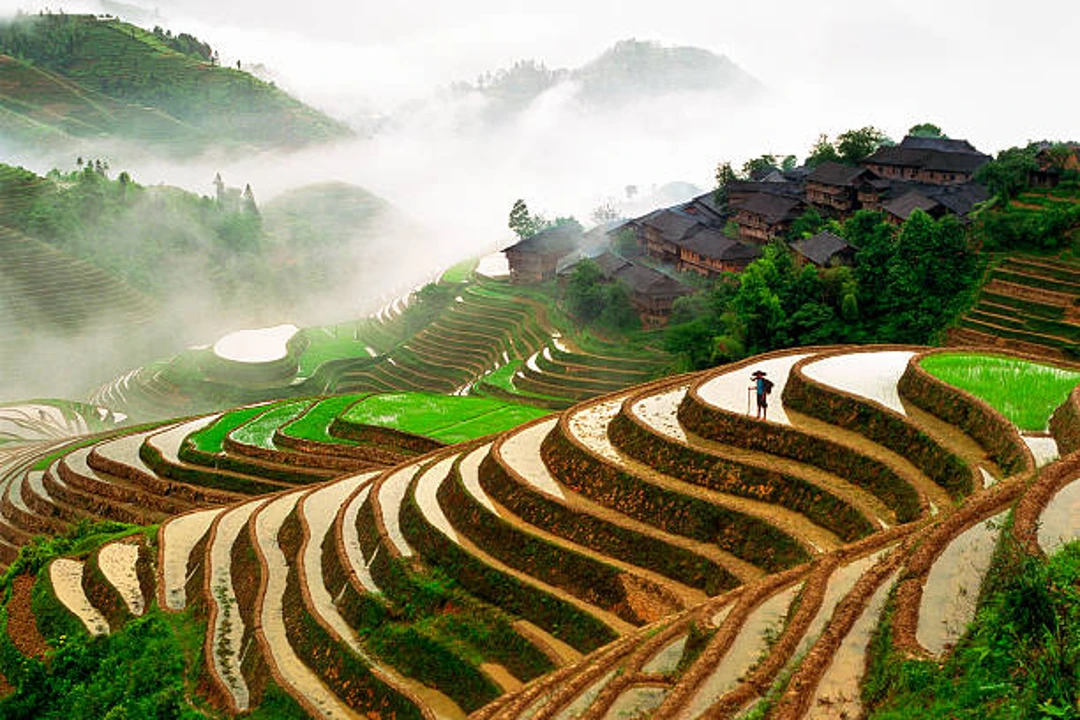
Why Visit?
Gorgeous no matter the season, whether the green of summer or the yellow of harvest.
Its mountains provide excellent hiking as well as an opportunity to experience local culture with the several ethnic minorities that live in that area.
Peaceful and less commercialized compared to other attractions.
Tips:
The best times to go are spring (for rice paddies in green) or autumn (for rice paddies in gold).
Spend the night at a homestay up here for sunrise.
Some trails are required to access the best view points.
12. Mogao Caves
Located in Dunhuang, Gansu, the Mogao Caves house a spectacular collection of Buddhist art including over a thousand years worth of murals and sculptures.
Why Visit?
Home to one of the world’s most important collections of Buddhist art.
Stunning, well-preserved murals and ancient manuscripts.
Provides insight into the Silk Road’s historical influence.
Tips:
Secure tickets early, as entries are restricted.
I recommend taking a guided walking tour of the city to learn more about the art and history.
Wear nice shoes as some caves involve walking, sometimes over rocks.
13. Yungang Grottoes
Close to Datong, Shanxi, the Yungang Grottoes are impressive Buddhist cave carvings over 1,500 years old, home to over 51,000 statues (many over 15 meters tall).
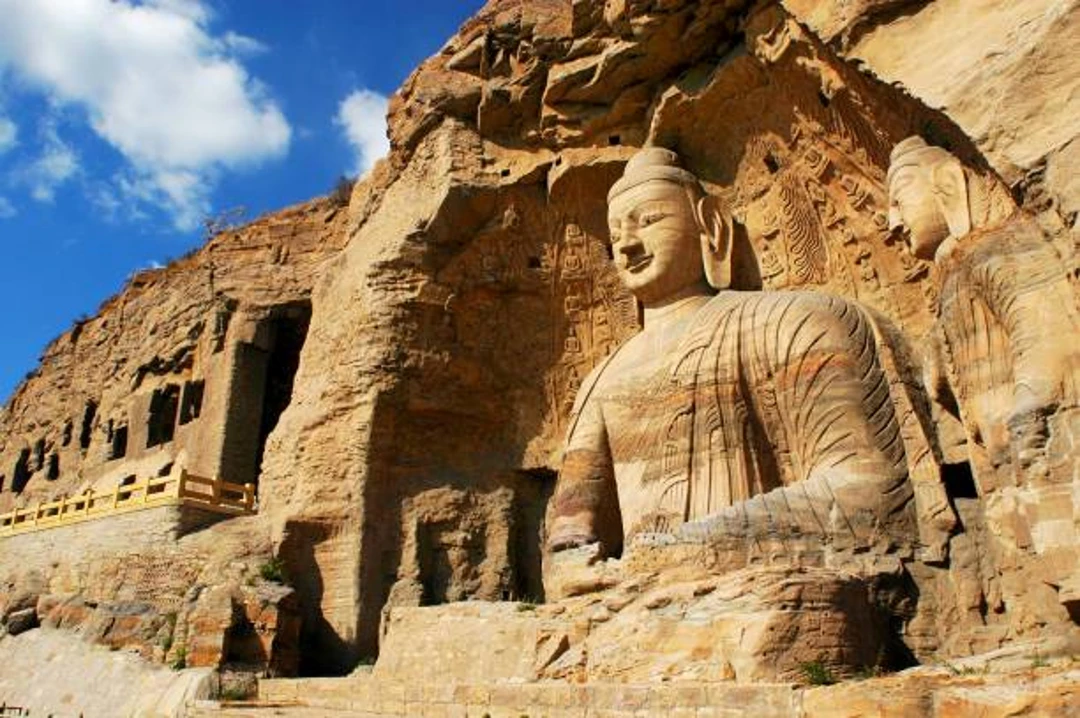
Why Visit?
It has some of the best-preserved Buddhist cave art in China.
Showcases intricate carvings blending various artistic styles.
A significant historical site representing Buddhist cultural exchange.
Tips:
Visit in the morning to avoid crowds.
A guided tour will help you get more out of the cave art.
Wear comfortable shoes, as the area is pretty spread out.
14. Hainan Island
Hainan Island, or “China’s Hawaii,” is home to gorgeous beaches, hotels, and a back-to-nature vibe for pure laziness.
Why Visit?
perfectplacesto swim, soak up the sun, or do watersports.
Rich local culture, particularly in cities like Sanya.
Tips:
To avoid the heat and humidity, come in off-season (November-March).
Head to the markets to haggle over fresh fruit and trinkets.
Opt for one of the beachfront resorts and ensure you never get stressed.
15. Mount Emei
Situated in Sichuan, Mount Emei is one of China’s Four Sacred Buddhist Mountains and is home to many temples as well as some pretty natural scenery.
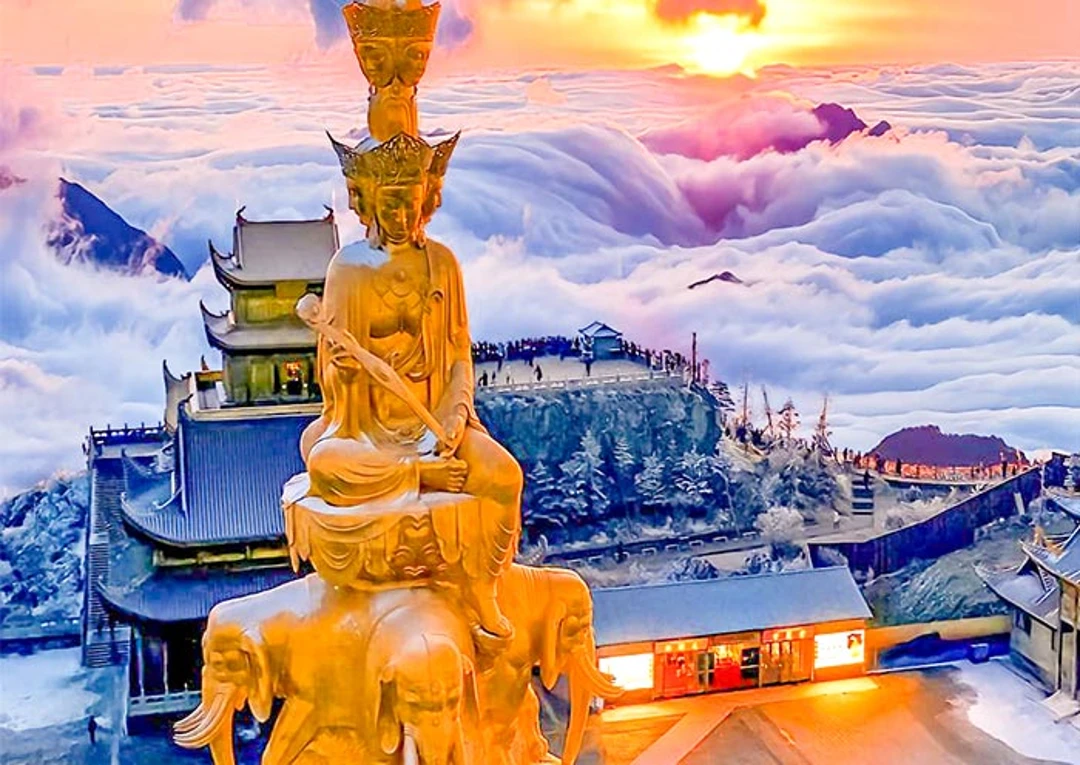
Why Visit?
Known for its religious significance and tranquil atmosphere.
A popular destination for pilgrims and tourists alike.
Has stunning views and a smattering of ancient temples.
Tips:
Dress warmly, especially in the mountains, where it can get cool.
Be prepared for a long hike if you want to visit the summit.
Check weather forecasts, as fog is common.
FAQ
1. What cultural norms should I know before visiting?
Do not broach sensitive political topics, give or receive things with both hands, and conduct yourself respectfully when visiting temples or historic sites.
2. Is the internet accessible in China?
A lot of international websites — Google, Facebook, etc. — are banned in China. Use a VPN to look at them.
3. What is the currency in China and can I use credit cards if I don’t exchange currency?
The official currency is the Chinese Yuan (CNY). Credit cards are widely accepted, but Alipay and WeChat Pay are two of the major forms of payment.
Conclusion
Filled with breathtaking landscapes, a rich history, stunning architecture, and incredible food, China is unlike anywhere in the world.
Whether hiking the Great Wall, visiting the giant Buddhas, or just vegging out in Yangshuo, it won’t disappoint you! With some preparation and an open mind, your trip can be amazing!
